
There’s something quietly thrilling about turning a Java application into a platform that understands, classifies, and interacts with the world—without ever showing it an example first. The idea that your software can solve new, unseen problems without prior training feels almost magical. But as you’ll see, it’s not magic. It’s a blend of advanced AI concepts and practical implementation. And yes, it’s doable with the Java stack you probably already know. By the end of this, you might have ideas swirling in your mind for your next project—or maybe you’ll be itching to give it a try right away.
This article pulls away the curtain. We’ll look at seven distinct tasks that your Java (and Spring) application can pull off using zero-shot techniques. No training. No hand-crafted data. Just results—sometimes wildly impressive ones.
No training, just solutions.
What is zero-shot, really?
First, let’s ground ourselves. According to Coursera’s definition, zero-shot learning (ZSL) is when a machine learns to handle tasks or recognize classes it has never seen before, only through the use of descriptive cues. It’s like dropping a chef into a foreign kitchen and expecting a half-decent meal—not because they memorized all the recipes, but because they know how to cook and understand the ingredients. ZSL’s edge appears when you want to handle new categories, fresh tasks, or unpredictable user inputs—without hunting for rare, labeled datasets.
And Java? With the rise of modern machine learning APIs and Spring AI, Java has become a strong candidate for these “no training required” tricks. The reach is wide, from fast-moving startups to thoughtful enterprise platforms, as explored often at byrodrigo.dev. Let’s get to our seven use cases. For each, I’ll anchor concrete Java approaches with a pinch of real-world storytelling and detailed code patterns.
1. Sentiment analysis on unseen topics: make sense of user feedback
This task comes up all the time. Maybe you have a product review section. Maybe you’re mining internal support tickets. The catch? New products, markets, and slang appear constantly. Traditional models choke if they never saw these terms before.
Here’s where zero-shot shines. Using a pre-trained multilingual transformer model with Java—think HuggingFace’s APIs or Spring AI—you can ask the model directly: “Is this sentence positive, negative, or neutral?” Skipping the need to retrain, models infer sentiment by applying reasoning to text, even if it uses fresh lingo or comes from new domains. As explained in Restack.io’s overview, Java developers can (almost) bolt on sentiment detection for any language or subject, no fancy labeled data needed.
Let’s get a taste with Spring AI:
@SpringBootApplication
public class SentimentApp {
public static void main(String[] args) {
ApplicationContext ctx = SpringApplication.run(SentimentApp.class, args);
// Load or autodetect suitable transformer model here
String feedback = "The new update totally rocks!";
String result = aiClient.classifySentiment(feedback);
System.out.println("Sentiment: " + result);
}
}
I’ve seen this pattern applied at scale in fintech platforms and travel sites—new ticket topics, never trained before, are sorted in real time. The win? Insightful dashboards, no cold-start problems. It just works.
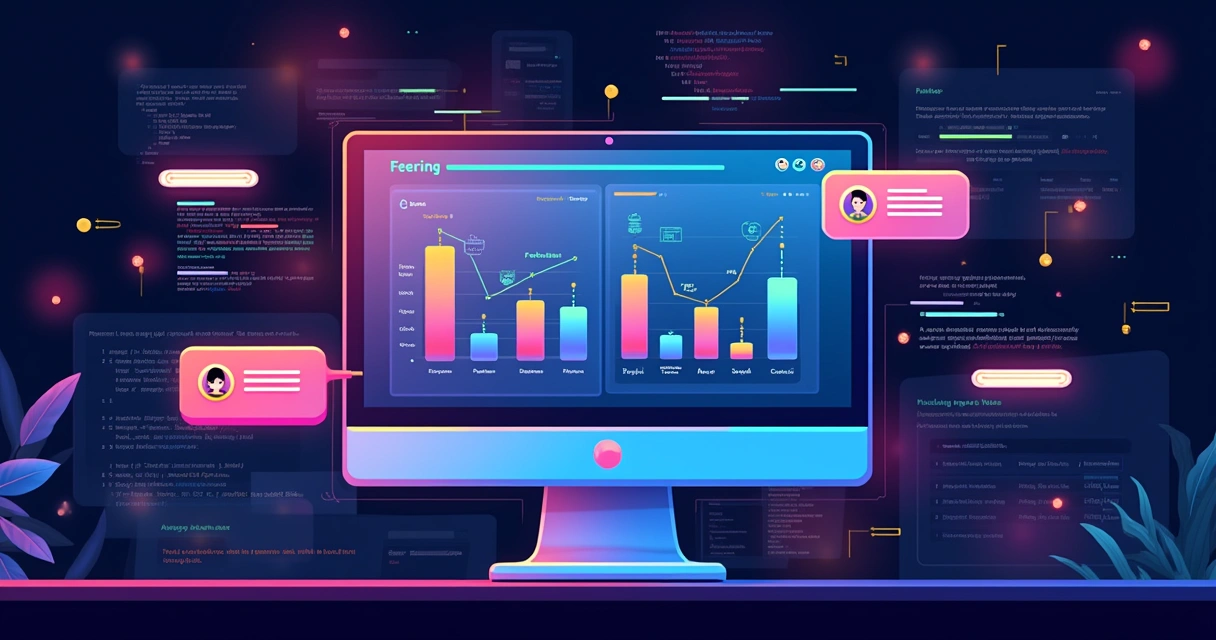 For more thoughts about these integrations, the article on integrating AI with Java Spring Boot might come in handy.
For more thoughts about these integrations, the article on integrating AI with Java Spring Boot might come in handy.
2. Data extraction from unstructured documents: goodbye fragile templates
Imagine processing contracts, invoices, or even medical reports that each look a little different. The old way? Train a layout model, define endless templates for every document style. If anything shifts, you go back to square one.
Now, zero-shot lets you drop those rules. As described in Alphamoon.ai’s examples, such methods pull out “Name”, “Address”, “Total” from wildly varying documents just by giving a natural language prompt or label. The beauty is, even if the system never saw that exact layout, it adapts, using language understanding not fragile templates.
Here’s a practical story: I built a Java backend for a real estate portal. Landlords uploaded lease agreements—no two were alike. We switched to a zero-shot document reader (wrapping a remote transformer model) and suddenly, no more support tickets about “unsupported formats.”
DocumentClassifier docClassifier = new DocumentClassifier(pretrainedTransformer);
Map<String, String> fieldsToExtract = Map.of(
"tenant_name", "Name of the tenant",
"lease_start", "Lease start date",
"rent_amount", "Monthly rent");
Map<String, String> extracted = docClassifier.extractFields(leasePdf, fieldsToExtract);
// Now use extracted info in your workflow
If you’re considering process automation, this pattern’s a game changer. Forget endless retraining.
3. Content moderation for new categories: defend your platform instantly
This hits close to home for large community platforms or SaaS services. Every week, it seems, a new meme, scam, or policy violation pops up. Training fresh models for each? Not sustainable.
Zero-shot classifiers can flag new inappropriate categories based on natural language descriptions—as Iterate.ai explains, you can describe forbidden content and spot it from day one, even if never encountered before. That’s real flexibility. For example, you might want to moderate “misinformation” or “phishing attempt” even as definitions shift, vastly reducing manual review time.
String[] labels = {"spam", "hateful", "misinformation", "phishing attempt"};
String post = "Congratulations! You’ve won a new phone. Click to claim.";
// Ask a zero-shot NLP engine for the closest matching label (Java wrapper)
List<Match> matches = contentModerator.classify(post, labels);
for(Match m : matches) {
if(m.confidence > 0.7) {
System.out.println("Flagged as: " + m.label);
}
}
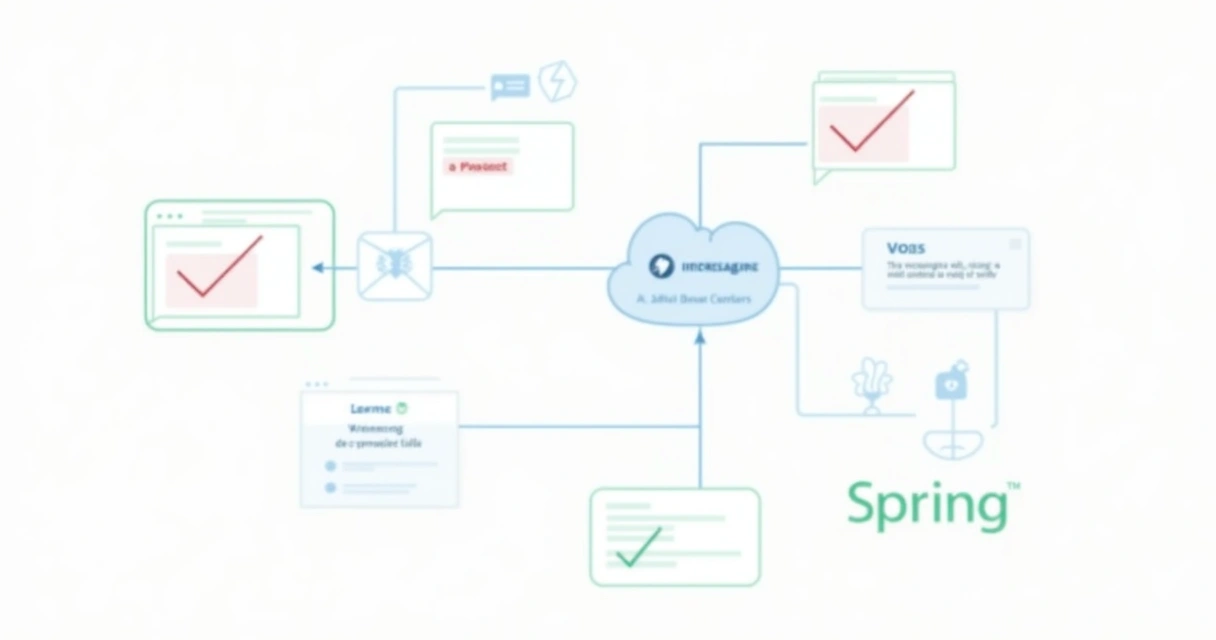 That means your platform is no longer always on the back foot. It reacts to the world as it changes.
That means your platform is no longer always on the back foot. It reacts to the world as it changes.
If this sparked your interest in modern Java AI, you can dig deeper into how Spring AI merges with artificial intelligence in real scenarios.
4. Multi-label classification of new products: fast-track e-commerce
E-commerce lives and dies by accurate product tagging. But what happens when new categories arrive daily? Manual tagging isn’t scalable. Relying on old models/labels means you miss nuance or new types completely.
Zero-shot models can match products to unseen tags based on descriptions alone. As shown by xcubelabs.com, e-commerce companies enjoyed a 25% jump in recommendation accuracy for new products after integrating these methods. It’s a direct impact—users see tailored suggestions, platforms move faster, new products don’t disappear in the shuffle.
ProductClassifier productClassifier = new ProductClassifier(pretrainedZeroShotModel);
String[] newTags = {"Eco-friendly", "Handmade", "Wireless", "Smart Home"};
String productDesc = "Bluetooth speaker made from recycled bamboo";
List<String> labels = productClassifier.predictTags(productDesc, newTags);
// Output: ["Eco-friendly", "Wireless"]
From my own work, platforms that plugged in these capabilities saw cart sizes and customer engagement sneak upwards month after month. Not world-changing at first glance, but a quiet win that sums up over time.
5. Language detection and translation for support: talk to the world instantly
Support teams used to be bound by the languages their agents spoke—or by endless retraining of translation models as new markets opened up. Today? Pretrained, prompt-driven transformers can not only spot a language they were never “taught”, but also offer on-the-fly translation, in one sweep.
Picture this: A Java-powered support portal receives a chat in an unexpected dialect or regional slang. It detects the language, translates, and routes accordingly—sometimes all through a single AI endpoint call. No supervised examples, just results out of the box.
LanguageDetector langDetector = new LanguageDetector(pretrainedLargeModel); Translator translator = new Translator(pretrainedLargeModel); String incomingText = "¡Tengo un problema con mi pedido!"; String language = langDetector.detect(incomingText); String englishText = translator.translate(incomingText, "en"); // Use translated text for support workflow
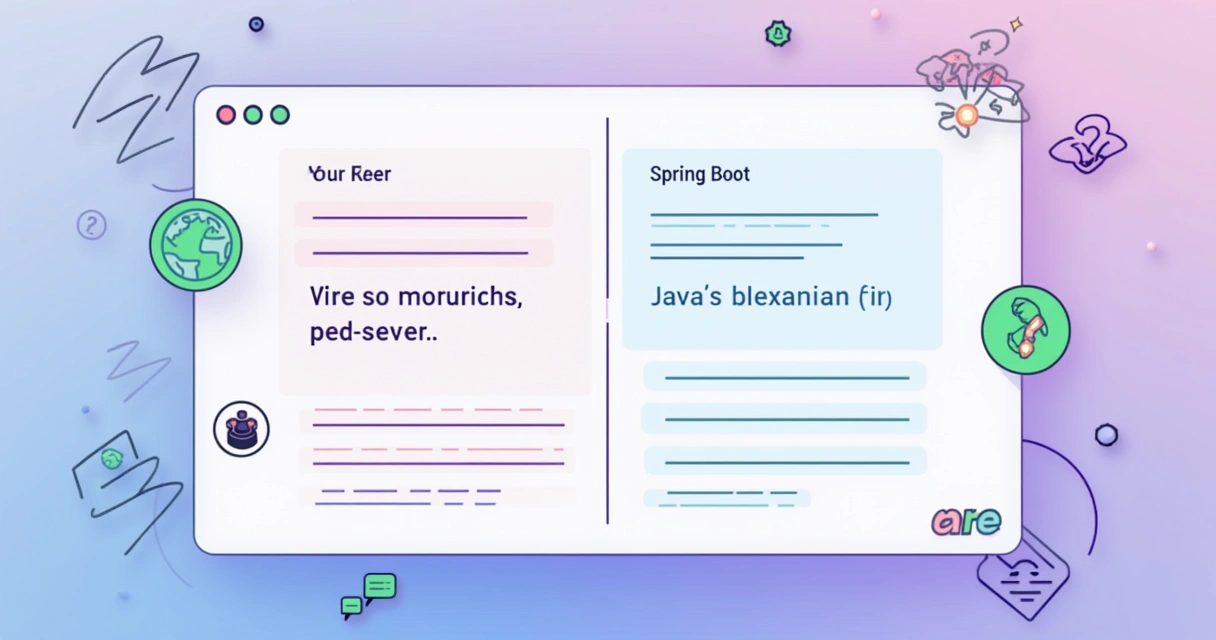 Integrating such flows is at the heart of AI-supported contact centers in Java. The possibilities feel bigger than just “coverage”; they’re about connection.
Integrating such flows is at the heart of AI-supported contact centers in Java. The possibilities feel bigger than just “coverage”; they’re about connection.
6. Answering questions from unseen data: build a minibrain
This one always gets the “cool” reaction in demos. Imagine you upload new policy documents, help guides, or HR handbooks. Instantly, your app can answer user questions on them—not by rote retrieval, but with understanding, as though it studied the material right now.
Pretrained language models, zero-shot, can absorb these documents and respond to user queries even if the question phrasing was never seen. For example, suppose someone asks, “How do I reset my VPN password?” and your underlying docs only talk about “credential rotation” and “remote network access.” The model can make connections and produce an answer, no need for special training on your unique documentation.
SupportQABot faqBot = new SupportQABot(pretrainedLargeLanguageModel);
faqBot.addDocument("HR Policy", hrPolicyPdfContent);
String response = faqBot.answer("How do I request parental leave?");
// Outputs a synthesized answer based on HR Policy doc
For many businesses, this approach slashes the slog of labeling and script-writing. Instead, users find what they need—and support tickets drop off.
Not sure where to start? byrodrigo.dev often shares findings on transforming prototypes into functional AI-driven MVPs, just like in this guide to AI MVPs in Java.
7. Topic classification for fresh content: keep up with the conversation
Whether you’re sorting through news articles, research papers, or social media chatter, topic classification is trickier than it seems—especially when trends shift and new topics surface.
Zero-shot topic models map content to unseen (or newly coined) topics by understanding the label itself, not its prior examples. So, your system could reasonably group articles under emerging themes—say, “Generative AI Compliance” or “Remote Work Burnout”—without a dataset for these topics existing.
I once helped a corporate blog editorial team sort content across dozens of new topics, as writers explored them. Instead of waiting weeks for data labeling or retraining turnaround, we sent descriptive topics to the AI, paired with headlines or abstracts, and watched the auto-sorting happen live. There was a sort of quiet joy watching the machine “get it.”
TopicClassifier newsClassifier = new TopicClassifier(pretrainedTransformer);
String[] possibleTopics = {"Sustainability", "Generative AI Compliance", "Remote Work Burnout"};
String newHeadline = "Hybrid teams see rise in employee fatigue";
// Predict best-fit topic with zero-shotString assigned
Topic = newsClassifier.classify(newHeadline, possibleTopics);
// Result: "Remote Work Burnout"
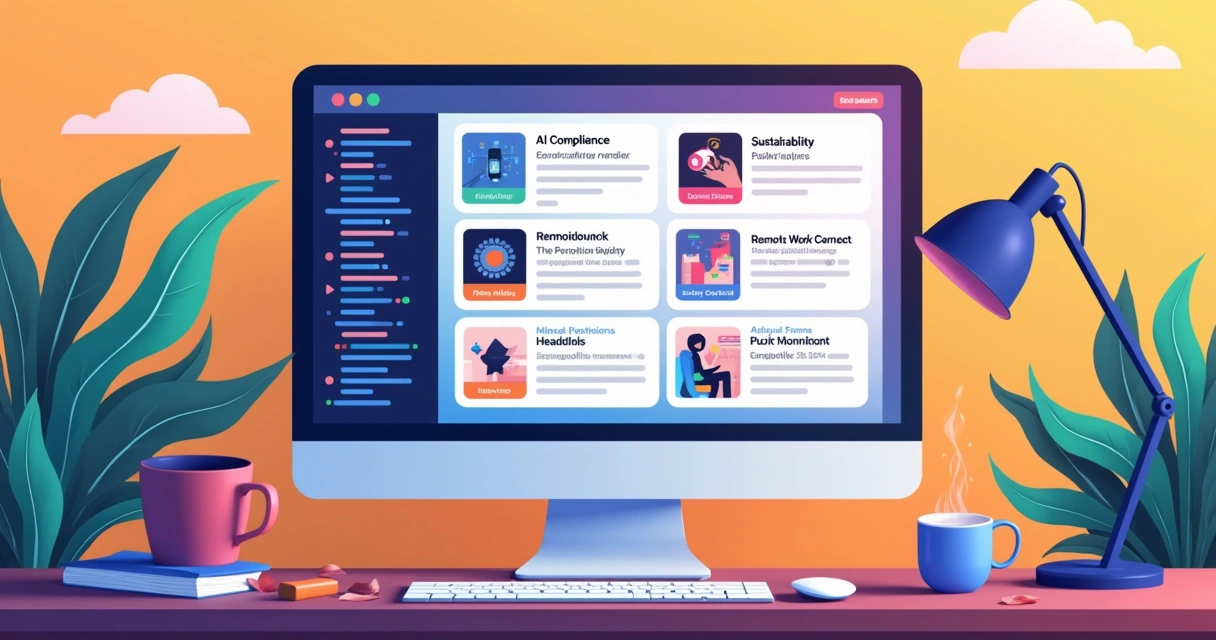 This dynamic approach can be amplified further—improving editorial calendars, auto-routing for moderation, or powering personalized notification feeds. If you want faster inference or more insight, Spring AI strategies for faster Java inference might offer inspiration.
This dynamic approach can be amplified further—improving editorial calendars, auto-routing for moderation, or powering personalized notification feeds. If you want faster inference or more insight, Spring AI strategies for faster Java inference might offer inspiration.
Beyond the basics: where zero-shot could go next
There’s a pattern here: zero-shot is about flexibility and speed. But it’s not perfect, and there are corners worth discussing. Sometimes, answers get vague or generic. Other times, domain-specific logic is lost unless you add custom prompts or light-weight “hints” to the AI.
Still, it feels a bit like a superpower. By not requiring advance examples, your Java or Spring system can react to new jobs, languages, product types, or even risks, at nearly the same pace as your users. It’s not just theory—real-world evidence shows major advances in rare-disease research and the identification of never-before-seen species, all powered by zero-shot learning. E-commerce saw notable boosts in sales and recommendations, echoing findings from multiple industries.
Your system learns the unknown, right now.
The possibilities are always shifting. Maybe there’s a task you want to automate, but the data is too new, too rare, or too hard to label. That’s where you want zero-shot in your toolkit.
The recipe: how to add zero-shot to your java and spring project
Before we close, it’s worth laying out the simple blueprint for making this happen in Java today. You don’t need to become a data scientist overnight, I promise. Many community models exist, from HuggingFace Transformers (via ONNX or REST APIs) to hosted AI endpoints that Spring AI supports natively.
- Pick a model: Start with a large transformer model suitable for zero-shot (e.g., BART, T5, newer LLMs). Either use a hosted API or deploy with ONNX/Tensorflow as needed.
- Connect your Java backend: Use Spring AI components or call external APIs directly. Common formats: RESTful endpoints using JSON.
- Define your tasks in natural language: What do you want to solve? Sentiment, field extraction, moderation, etc. Write prompt descriptions instead of training datasets.
- Feed new data and observe: Label, classify, or extract info without needing data engineering cycles with each change.
- Monitor results and prompt tweaks: Occasionally refine instructions or add constraints if the model drifts or gets too generic.
You’ll notice this matches the modern spirit of byrodrigo.dev—prioritizing practical, real-world engineering over the abstract AI hype machine. Implementation is accessible. You can experiment even in smaller teams, or prototype without a gigantic AI budget.
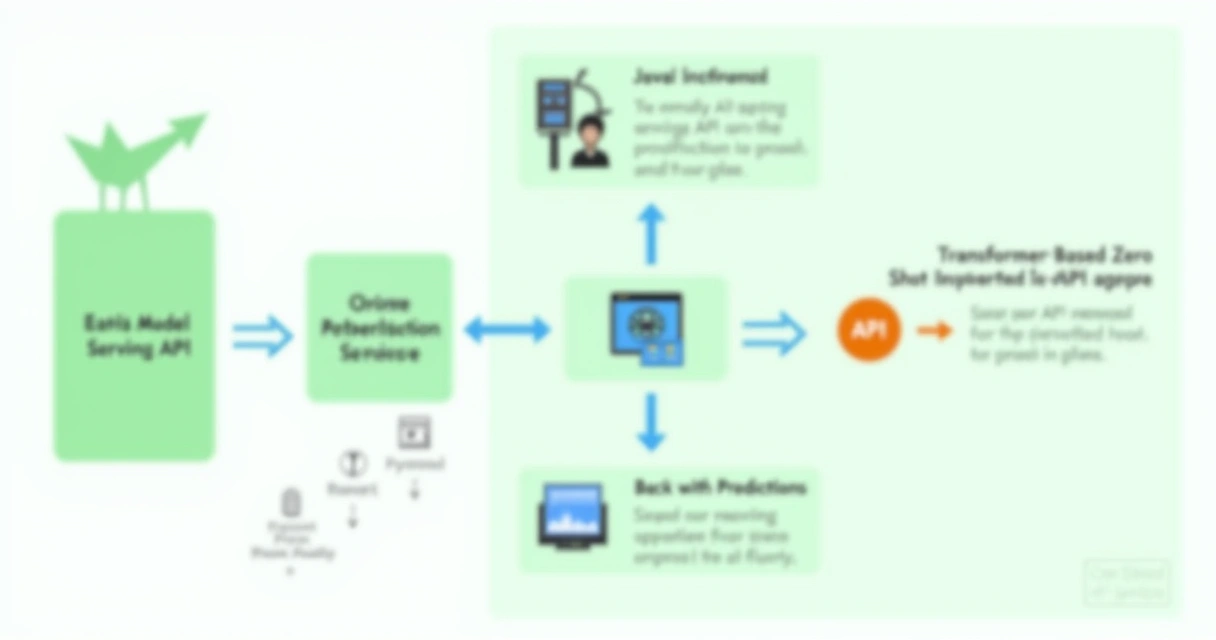 Watch out for quirks (and always test live!)
Watch out for quirks (and always test live!)
Zero-shot is powerful, but, like any cutting-edge approach, it comes with quirks. Sometimes it guesses wrong when labels are too vague. Sometimes long text fragments confuse the model. Edge cases arise—rare but memorable. The advice is simple: always run live tests with your real user data. Try slightly different prompt wordings. Document the odd cases, and resist the urge to “overfit” prompts into awkward shapes.
This feels a bit messy, but it’s human—software, like us, doesn’t always get things right the first time.
Final thoughts: start small, then amaze yourself
If you’ve read this far, you’re probably thinking about where to start. My suggestion? Pick a small task with a clear “win”—maybe sentiment on support tickets, or routing new documents in a workflow. Add a zero-shot API call to your Spring service and see what happens. The first time your app answers something it never saw before feels a little magical.
And if you need more stories, practical code, or in-depth architectural advice, you’ll find active discussion at byrodrigo.dev—a project focused on turning technology and development expertise into action, for teams around the world. Test the tips, share your results, or reach out for a tailored workshop. Next time someone asks, “Can we handle this new task overnight?”… maybe your answer will be more confident.
Ready to see what your Java application can solve, starting now? Connect with byrodrigo.dev to get inspired for your next step, or to start your zero-shot journey with real guidance.






